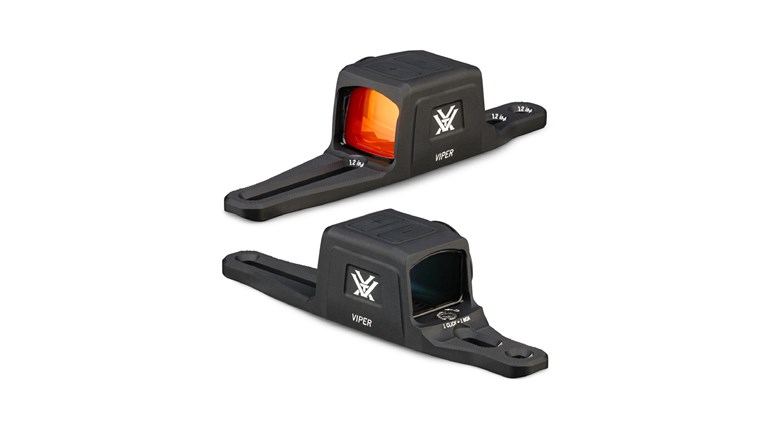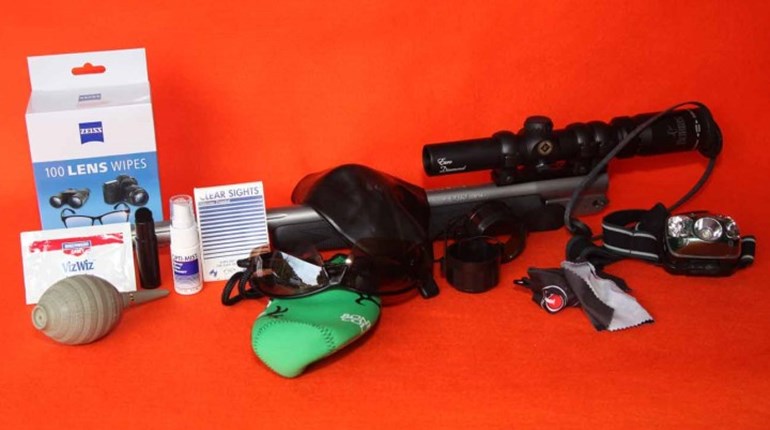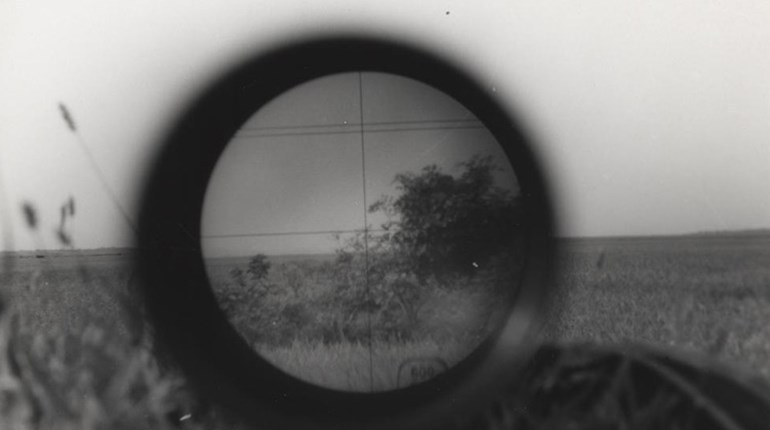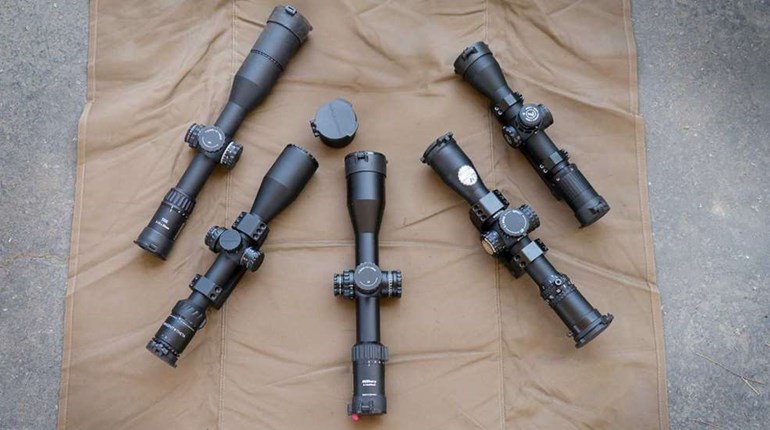Big country often calls for big glass. When it’s miles away, game can remain amazingly hidden from prying eyes aided by even a 10X binocular. More magnification isn’t the only answer in open terrain, but I’ve seen it make all the difference. A 15X binocular like the Vulture HD from Vortex provides a definite advantage when glassing from afar.
Vortex is a relative newcomer in the optics market. Dan Hamilton, a retired dentist who along with his family opened a Midwest retail franchise dealing in optics primarily for birdwatchers, founded the brand in 2000. Based in Middleton, Wis., Vortex now offers dozens of riflescopes, red-dot optics, binoculars, spotting scopes and accessories with an obvious focus on hunters and shooters. Its optics are designed and engineered in-house, and manufactured overseas in several East Asian countries.
All three roof-prism binos in the company’s Vulture HD line, which also includes an 8X and a 10X model, have 56mm objective lenses to maximize light transmission. In the case of the 15X model, 56mm objectives are a necessity to produce an exit pupil wide enough to allow productive low-light glassing. With an MSRP of $599, the new 15X version is the most expensive of the Vulture HD family, but it still qualifies as a mid-price model when compared with similar options from Vortex.
Despite its place in the company’s lineup, the 15x56mm Vulture HD includes many features of higher-end models. High-density, extra-low-dispersion glass works together with multilayer dielectric and phase-correction coatings on the BaK4 prisms to provide a clear, high-contrast image. Contrast is important when trying to pick out tan hide from slightly lighter tan grass. So is the overall brightness of the image, which the Vulture HD boosts with fully multi-coated glass. Vortex applies an additional coating called ArmorTek to the exterior lenses to protect them from scratches, dirt and oil.
More protection from the environment comes by way of a rubber-armor coating on the frame. The inside of the bino is sealed against moisture and dust via O-rings, and purged with argon to prevent internal fogging. Vortex’s waterproof claim held up during a rain shower I simulated by intermittently hosing down the bino for about an hour while I attended to yard work. The company is confident enough in the construction of the Vulture HD that it backs the bino with an unlimited lifetime, no-fault, fully transferable warranty.
Although a 15x56mm bino is normally associated with Western big-game hunting, it has a place in the East and Midwest when glassing distant agricultural fields and open hillsides. With that in mind, I conducted the majority of my testing at a state park in Virginia that offered grassy and brush-covered meadows scattered among blocks of timber. I glassed the openings and the edges of the timber from distances of 30 yards to approximately 1.5 miles.
The first thing I noticed about the Vulture HD was excellent ergonomics. Its tapered barrels fit nicely into my hands, and a series of rubber ridges integral to the armor kept the bino from slipping in my grip as I changed positions. The focus knob was easy to reach with my index finger. I regard all these features as bonuses, however, as serious glassing with a 15X bino demands a tripod to eliminate the highly magnified effects of user shake.
I mounted the Vulture HD on a Vortex Pro GT tripod by using the company’s Uni-Daptor. The post portion of the two-piece rig attaches at a 90-degree angle to the front of the bino’s hinge via a screw. The Uni-Daptor’s receiver component screws to the tripod’s mounting base and accepts the post. Two teeth on the post fit into notches in the receiver to prevent the bino from spinning. To remove the bino from the tripod, simply lift the optic straight up until the post clears the receiver.
Steadied on the tripod, the Vulture HD let me scrutinize individual branches 1 to 3 inches in diameter among the leaves of a huge maple tree I ranged at 783 yards. Had the dead branches been antlers obscured by foliage, I would have not only spotted them but also been able to get a good sense of their size.
I was hoping to find a few deer, but I had to settle for grass, brush and rocks, which appeared sharp throughout about 95 percent of the Vulture HD’s field of view. There was some darkening around the edges that became more apparent as the light waned. With the bino’s relatively narrow exit pupil of about 3.7mm, images became noticeably dimmer during the last 10 minutes of light.
A high-magnification binocular is usually regarded as a luxury, since all that power typically doesn’t allow for handheld glassing and decreases versatility. However, as a mid-price bino that will help reveal more game at longer distances, the 15x56mm Vortex Vulture HD is a luxury many hunters can afford.
Technical Specifications:
Type: roof-prism binocular
Magnification: 15X
Objective Lens Diameter: 56mm
Focusing Range: 15'-infinity
Eye Relief: 15mm
Exit Pupil: 3.7mm
Field of View @ 1,000 Yds: 226'
Coatings: fully multi-coated lenses with ArmorTek; multilayer dielectric-mirror and phase-correction coatings on prisms
Dimensions: length 7.6"; width 5.8"; weight 43.6 ozs.
Construction: polycarbonate frame with rubber coating
Accessories: lens covers, neck strap, padded case
MSRP: $599


































